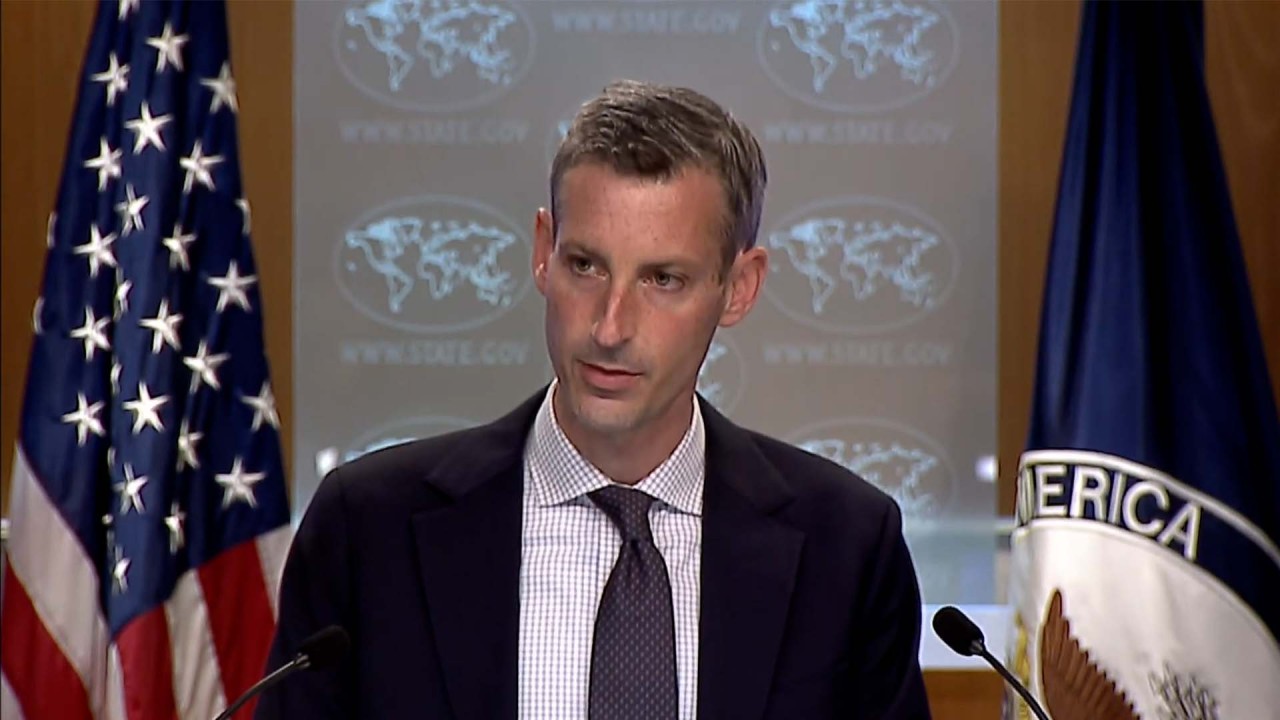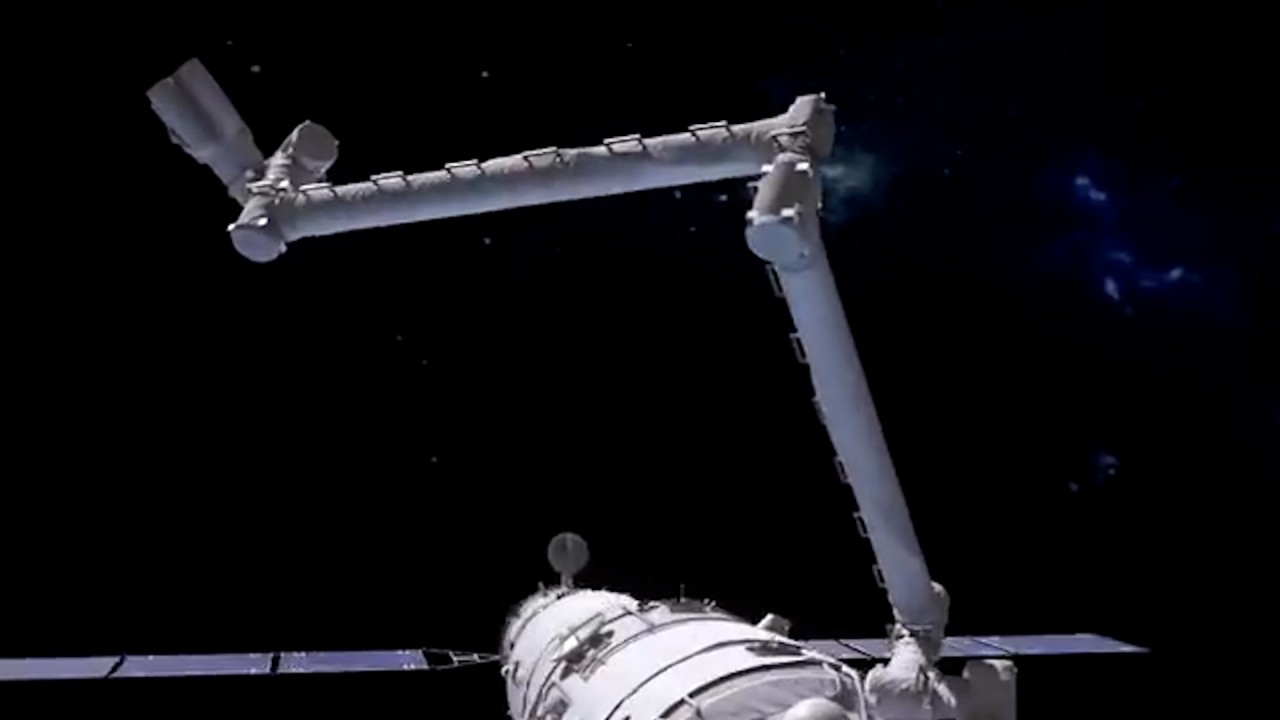
China did not test hypersonic nuclear missile, foreign ministry says
- China tested a space vehicle for possible reuse, not a nuclear-capable hypersonic missile as reported by the Financial Times, ministry says
- Analysts blame speculation over the ‘China threat’ on a lack of transparency, while playing down chances Beijing will launch nuclear weapons into space
“This was a routine test of a space vehicle to verify the technology of their reusability,” Chinese foreign ministry spokesman Zhao Lijian told a regular briefing in Beijing on Monday.
The launched object “was not a missile” with a military purpose, but “a space vehicle” for civilian aims, he emphasised.

01:41
US ‘deeply concerned’ despite China denying it recently tested hypersonic nuclear missile
His remarks followed a Financial Times report that China had launched a nuclear-capable hypersonic missile in August that circled the globe before speeding toward its target.
The test indicated China had made astounding progress on hypersonic weapons and its space capability had advanced far beyond US intelligence estimates, even though the glide vehicle missed its target by about two dozen miles, or nearly 40km, the report added.
Reuters reported that the foreign ministry said the space vehicle test had taken place in July, not in August.
US and Russia remain at odds over nuclear weapons pact
The Financial Times cited last month’s comments from US air force secretary Frank Kendall, about how China had developed new weapons akin to the “Fractional Orbital Bombardment System” that the former Soviet Union deployed for part of the Cold War but later abandoned.
Also cited were earlier remarks made by a top US aerospace defence official about how Chinese hypersonic capability would pose “significant challenges” to US missile defence systems, and others warning that the latest development would introduce a new dynamic in the nuclear power balance.
Military experts said both a spacecraft and a missile would have to use rocket propulsion for launching into flight, which could have military applications. But they believed China would not follow the former Soviet Union to launch nuclear weapons into space as “global strike weapons”, as it was a complicated and costly operation.
“The concept of the hypersonic glide vehicle tests mentioned by the Financial Times has potential military applications, but its impact was exaggerated because the experiment ended with an unacceptable failure – missing its target by nearly 39km,” Zhou Chenming, a researcher at the Yuan Wang military science and technology institute in Beijing, said.
Rocket Force drills prepare for possible US nuclear attack: PLA
Macau-based military observer Antony Wong Tong said a lack of transparency over Chinese space experiments should be blamed for speculations over the “China threat”, but also pointed out that chances for China to deploy nuclear weapons to space were “too slim”.
“Nowadays Chinese space expertise allows it to use other means to beef up global strike capabilities, which have been concealed by space missions.”

01:56
Design of robotic arm for China’s Tiangong Space Station revealed
The space technologies owned by China could be used for military purposes, Wong said.
For example, the giant robotic arm on the China space station is able to take down hostile satellites, while the part of unmanned components of Shenzhou spacecrafts could be used as reconnaissance satellites.
Zhou at the Yuan Wang institute said deploying nuclear weapons to space is an old Star Wars concept that was popular during the Cold War.
“It would be a catastrophe if we have nuclear warheads coming in from space, but if it is space equipment returning to Earth after a mission, which could be recycled, then it could reduce space debris,” he said.

03:53
China ‘closing in fast’, says US President Joe Biden in first address to Congress
However, Hong Kong-based military commentator Song Zhongping said China “would not use the technology to actively deploy nuclear weapons to space”, unless the US did so first.
“Deploying nuclear weapons to space would violate the Outer Space Treaty, which China signed [in 1967],” Song, a former instructor of the Chinese Rocket Force, said.

